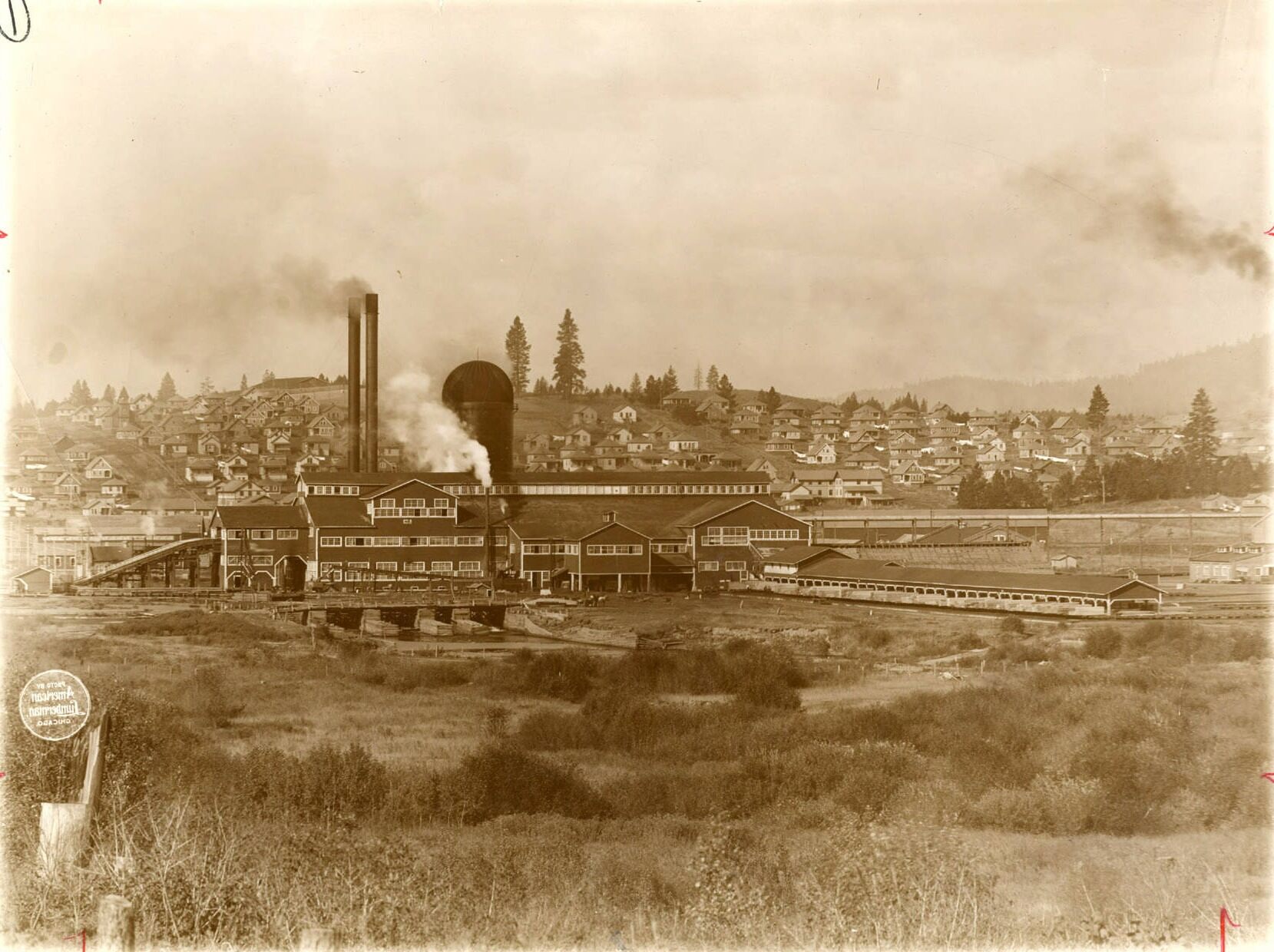Hidden Timber Company Towns Of The Pacific Northwest

Ever wondered about the hidden gems of the Pacific Northwest? Timber company towns offer a unique glimpse into the past, where logging shaped communities and landscapes. These towns, often tucked away in dense forests, were once bustling hubs of activity. Workers and their families lived, worked, and played in these secluded areas, creating tight-knit communities. Today, many of these towns have faded into obscurity, but their stories remain. Exploring these forgotten places can feel like stepping back in time. From old sawmills to abandoned homes, each site tells a tale of hard work, resilience, and community spirit. Ready to uncover the secrets of these timber company towns? Let's dive in!
Hidden Timber Company Towns of the Pacific Northwest
The Pacific Northwest, known for its lush forests and rugged coastlines, hides a fascinating history within its dense woods. Timber company towns, once bustling with life, now stand as silent witnesses to a bygone era. These towns, built by logging companies, provided homes, schools, and entertainment for workers and their families. Let's explore some of these hidden gems.
1. Valsetz, Oregon
Valsetz, a company town established by the Willamette Valley Lumber Company, thrived from the early 1900s until the 1980s. Nestled in the Coast Range, it was accessible only by a single railroad. Valsetz had everything a community needed: a school, a post office, and even a movie theater. When the mill closed in 1984, the town was dismantled, leaving behind only memories.
2. Bordeaux, Washington
Bordeaux, located in the Black Hills near Olympia, was a bustling timber town from the late 1800s until the 1940s. The Bordeaux family, who owned the town, built homes, a school, and a general store for their workers. Today, remnants of the town can still be found, including old foundations and rusted machinery, offering a glimpse into its industrious past.
3. Wheeler, Oregon
Wheeler, situated on the Nehalem Bay, was once a thriving logging town. Founded in the early 1900s, it boasted a sawmill, a hotel, and a bustling waterfront. The town's economy revolved around the timber industry until the mill closed in the 1950s. Now, Wheeler is a quaint coastal town, with its history preserved in the local museum and the stories of its residents.
4. Holden Village, Washington
Holden Village, high in the Cascade Mountains, began as a copper mining town in the 1930s. When mining operations ceased in the 1950s, the town was abandoned. In the 1960s, it was transformed into a retreat center, preserving its historic buildings. Today, visitors can explore the village, hike the surrounding trails, and learn about its unique history.
5. Vernonia, Oregon
Vernonia, nestled in the foothills of the Coast Range, was established in the 1920s by the Oregon-American Lumber Company. The town featured a large mill, worker housing, and a thriving downtown. After the mill closed in the 1950s, Vernonia reinvented itself as a charming small town. Its history is celebrated in the Vernonia Pioneer Museum, where visitors can see artifacts from its logging days.
6. Monte Cristo, Washington
Monte Cristo, located in the Cascade Mountains, was a booming mining town in the late 1800s. Though primarily known for its silver mines, logging played a significant role in its development. The town had a sawmill, a hotel, and a school. After the mines closed, Monte Cristo was abandoned. Today, it is a popular hiking destination, with remnants of the old town still visible.
7. Camp 18, Oregon
Camp 18, situated along Highway 26, was once a logging camp for the Clark and Wilson Lumber Company. The camp featured bunkhouses, a cookhouse, and a blacksmith shop. In the 1970s, it was transformed into a restaurant and logging museum. Visitors can enjoy a meal while exploring the historic logging equipment and learning about the area's timber history.
8. Port Gamble, Washington
Port Gamble, established in 1853, is one of the oldest company towns in the Pacific Northwest. The Pope & Talbot Lumber Company built the town, complete with homes, a church, and a general store. The mill operated until 1995, and the town has since been preserved as a historic site. Visitors can tour the beautifully maintained buildings and learn about its rich history.
9. Bridal Veil, Oregon
Bridal Veil, located in the Columbia River Gorge, was a company town for the Bridal Veil Lumbering Company. Founded in the late 1800s, it had a mill, worker housing, and a school. The town declined after the mill closed in the 1930s. Today, the old post office and a few buildings remain, offering a glimpse into its past.
10. Snoqualmie Falls, Washington
Snoqualmie Falls, known for its stunning waterfall, was also home to a company town built by the Snoqualmie Falls Lumber Company. Established in the early 1900s, the town had a mill, worker housing, and a school. The mill closed in the 1950s, but the town's history is preserved in the Snoqualmie Falls Hydroelectric Museum. Visitors can learn about the area's logging and hydroelectric history while enjoying the breathtaking views of the falls.
Discover the Charm of Timber Towns
Hidden timber company towns in the Pacific Northwest offer a unique glimpse into history. These towns, often overlooked, hold stories of hardworking communities and rich traditions. Visiting places like Vernonia, Raymond, and Shelton provides a chance to see historic buildings, old mills, and scenic landscapes.
Exploring these towns is like stepping back in time. You can learn about the logging industry, enjoy local festivals, and meet friendly locals. Each town has its own charm and character, making every visit special.
Next time you're planning a trip, consider adding these hidden gems to your itinerary. You'll not only enjoy beautiful scenery but also gain a deeper appreciation for the region's history. So pack your bags, hit the road, and uncover the hidden treasures of the Pacific Northwest's timber towns.

